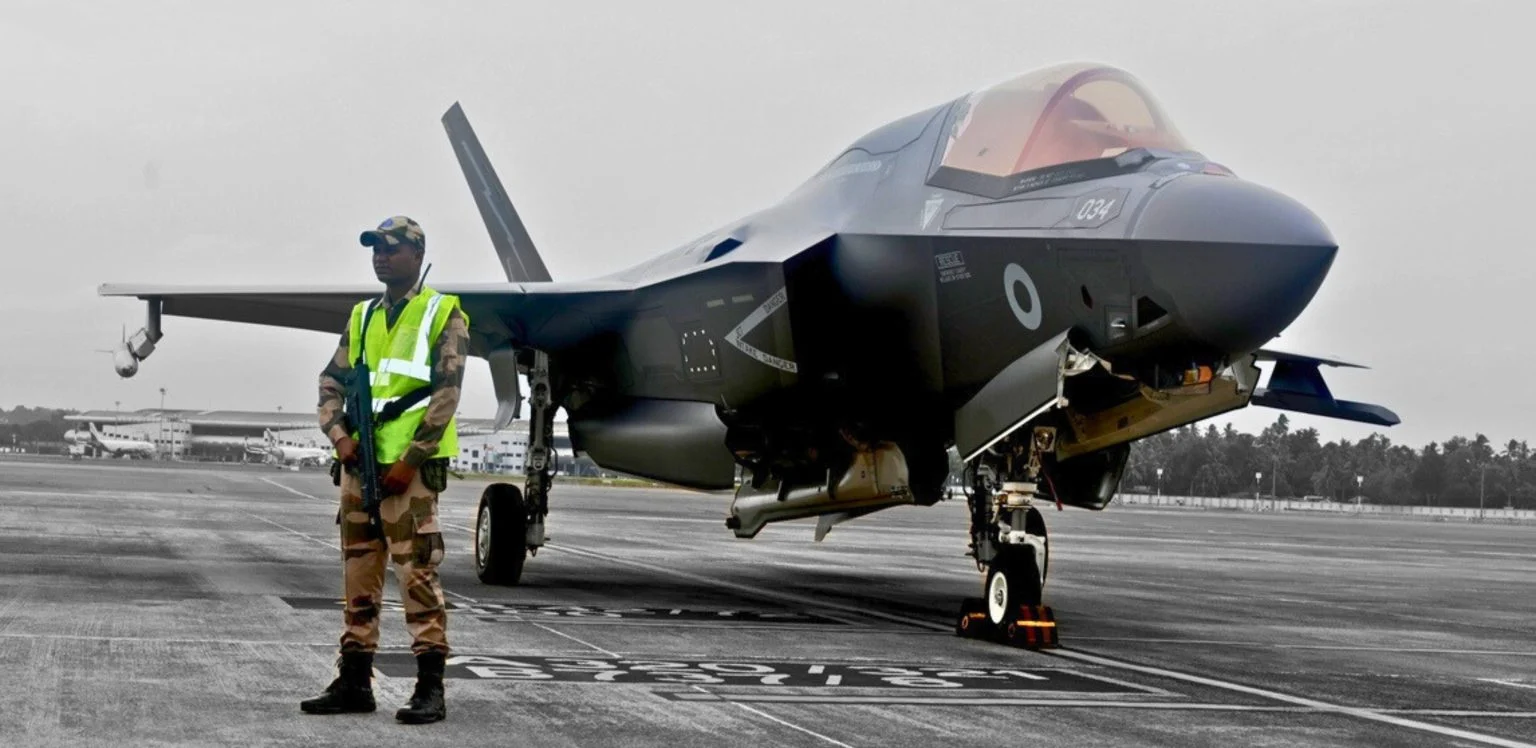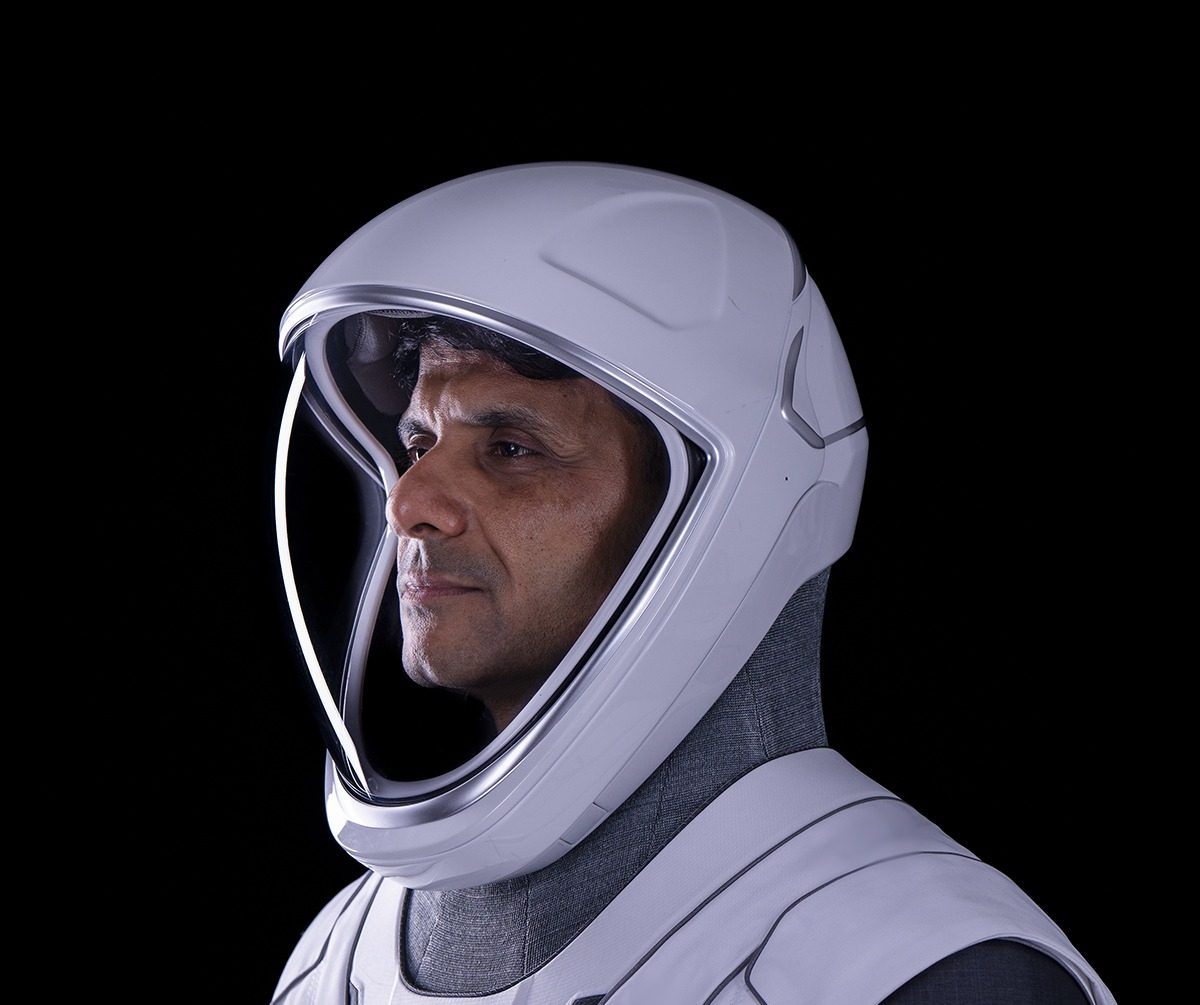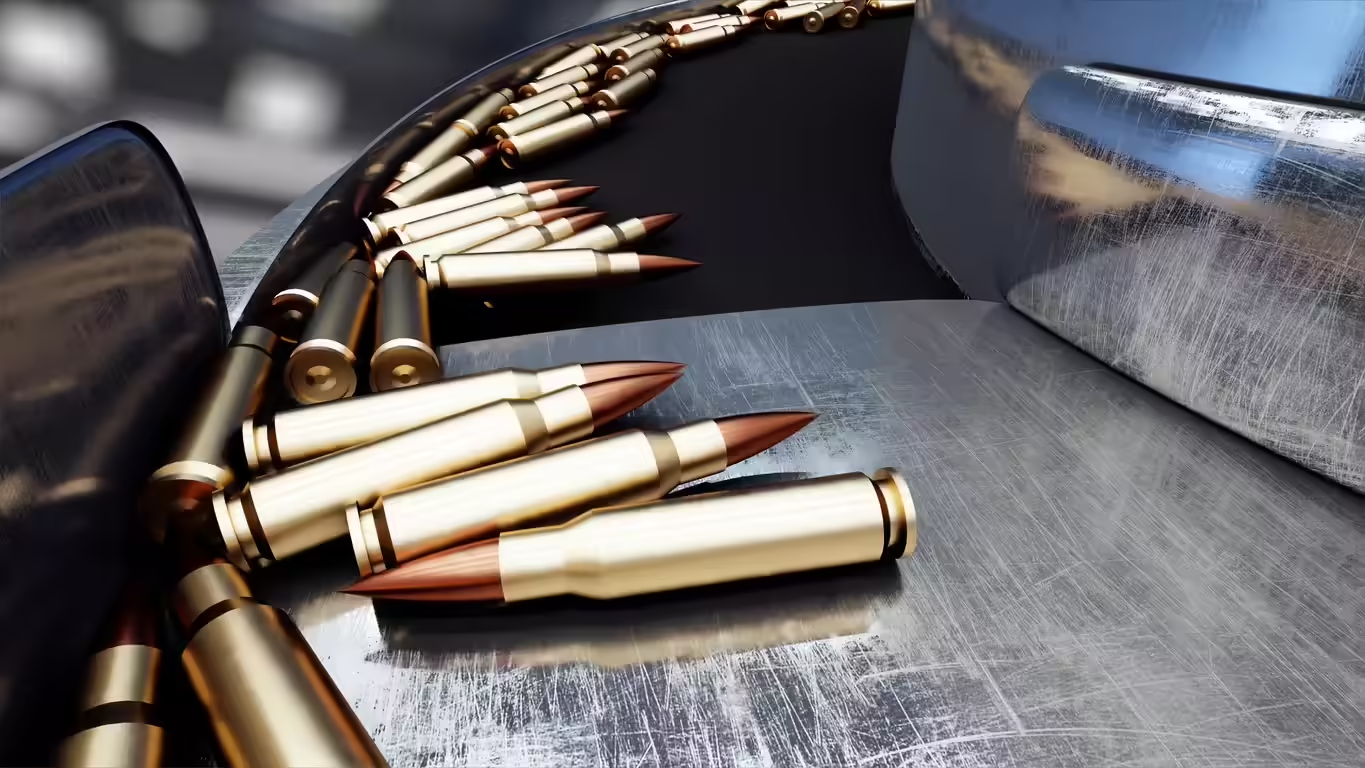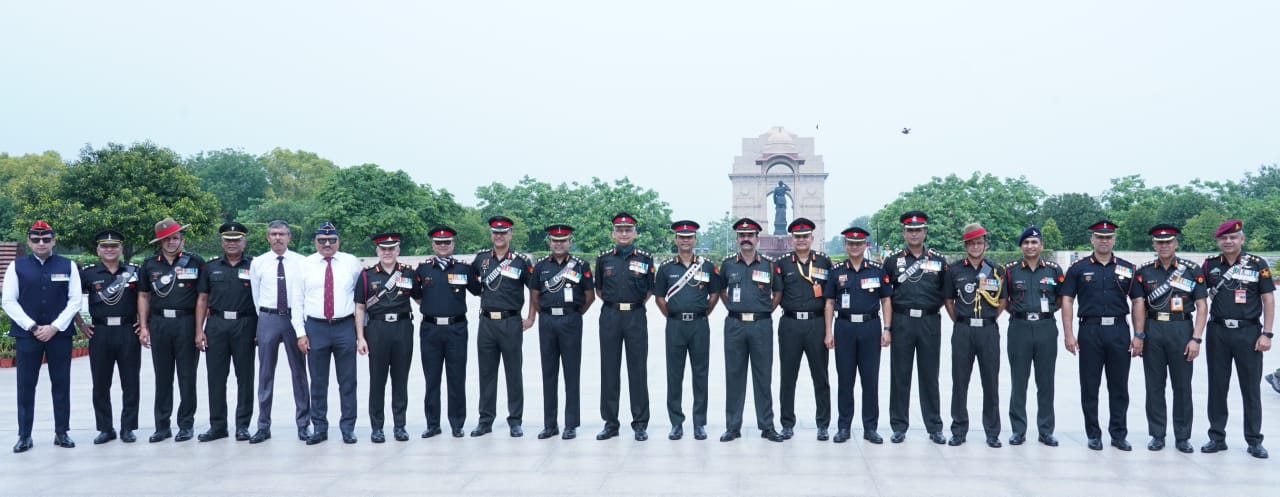Trump Slams CNN and NYT for Calling Iran Strike Ineffective: Labels Reports as ‘Fake News’
US President Donald Trump has fiercely criticized major media outlets CNN and The New York Times, accusing them of spreading…
Meet Group Captain Prasanth Balakrishnan Nair: The Backup Crew Member for Axiom Mission 4
Prasanth Balakrishnan Nair, a decorated Indian Air Force (IAF) Group Captain and experienced test pilot, is making headlines as the…
UK F-35B Under Repair in India After Weather Diversion, Engineering Issue
A UK F-35B fighter jet that diverted to Thiruvananthapuram International Airport due to adverse weather conditions is currently undergoing repairs…
Group Captain Shubhanshu Shukla Becomes First Indian to Travel to Space in 40 Years
Indian Air Force Group Captain Shubhanshu Shukla has made history as the first Indian in 40 years to travel to…
Reliance Defence Secures ₹600 Crore Export Order from Germany’s Rheinmetall
Reliance Defence Limited has clinched a major ₹600 crore export order from Rheinmetall Waffe Munition GmbH, a leading German defense…
Indian Military Academy’s 107 Course Marks 25 Years of Service to the Nation
The 107 Regular Course of the Indian Military Academy (IMA) celebrated 25 years of commissioned service to the nation on…






